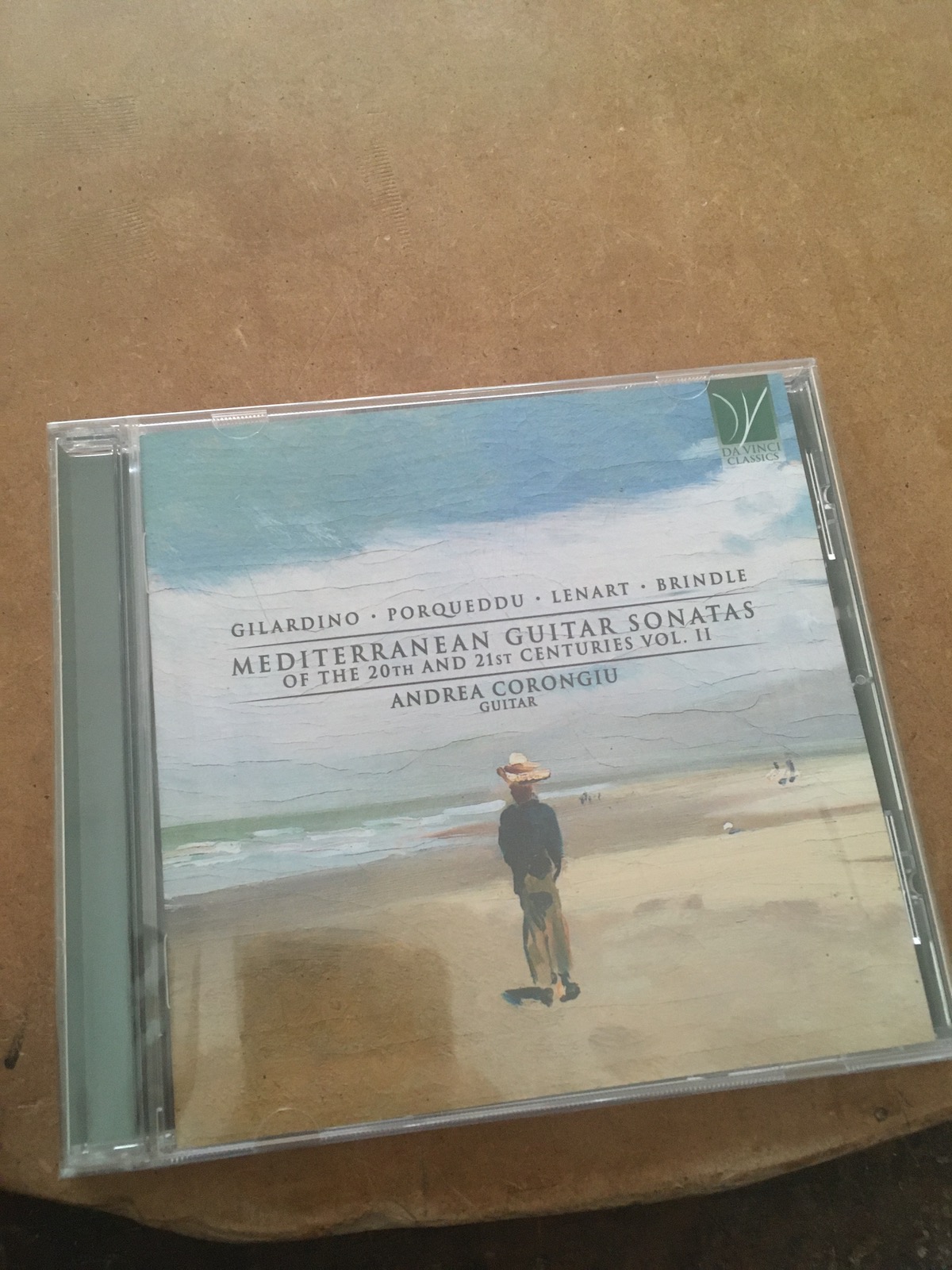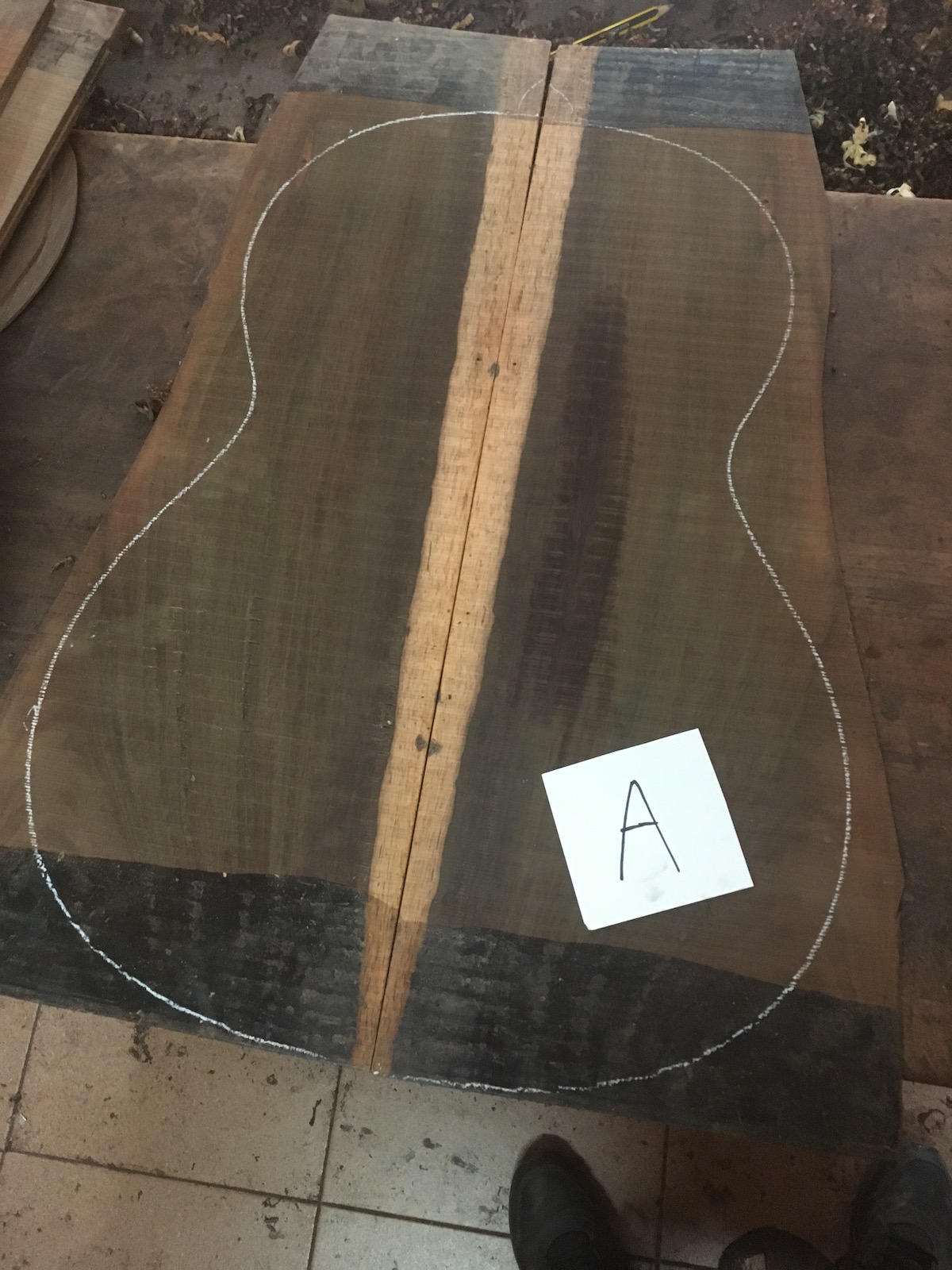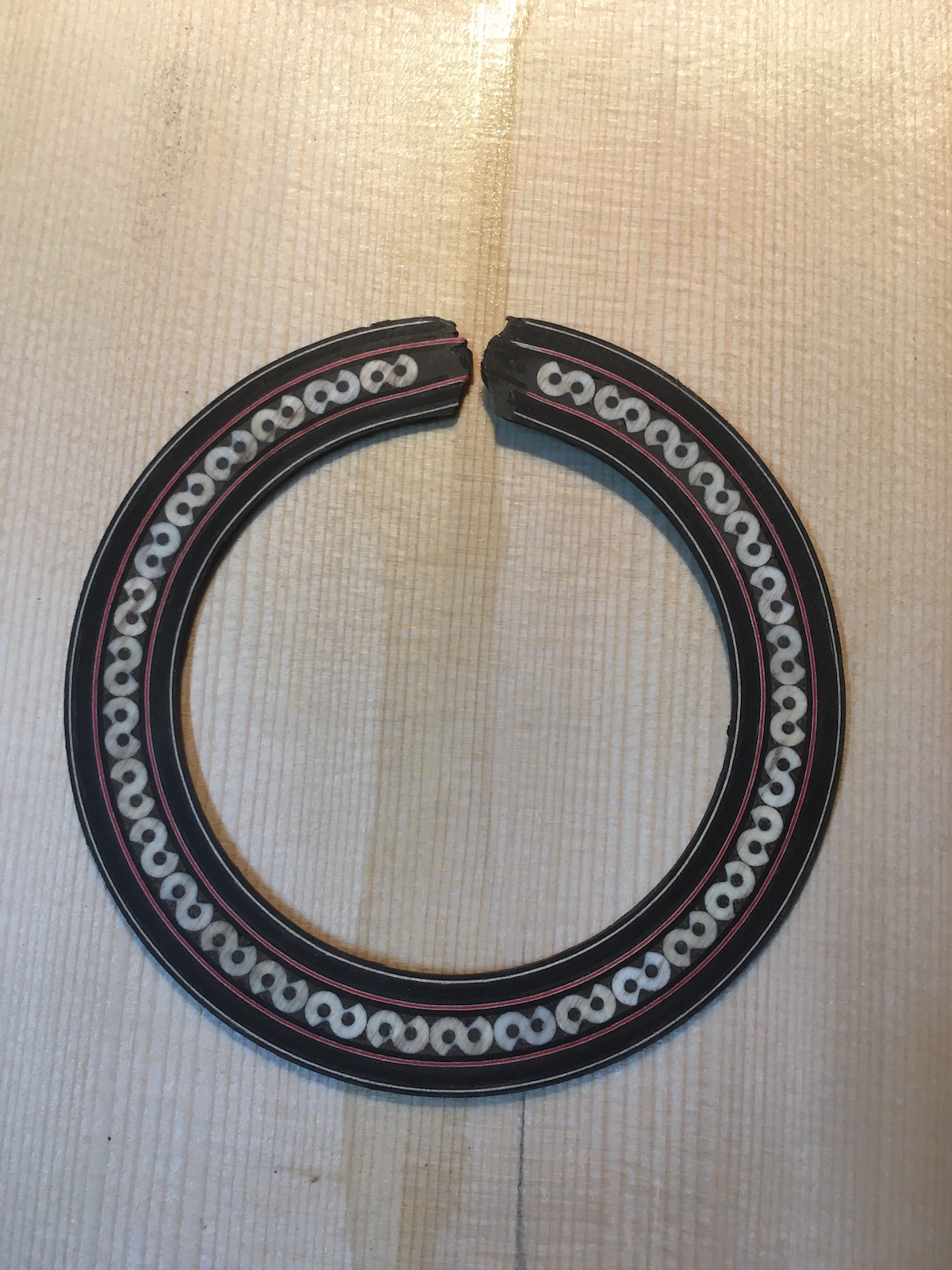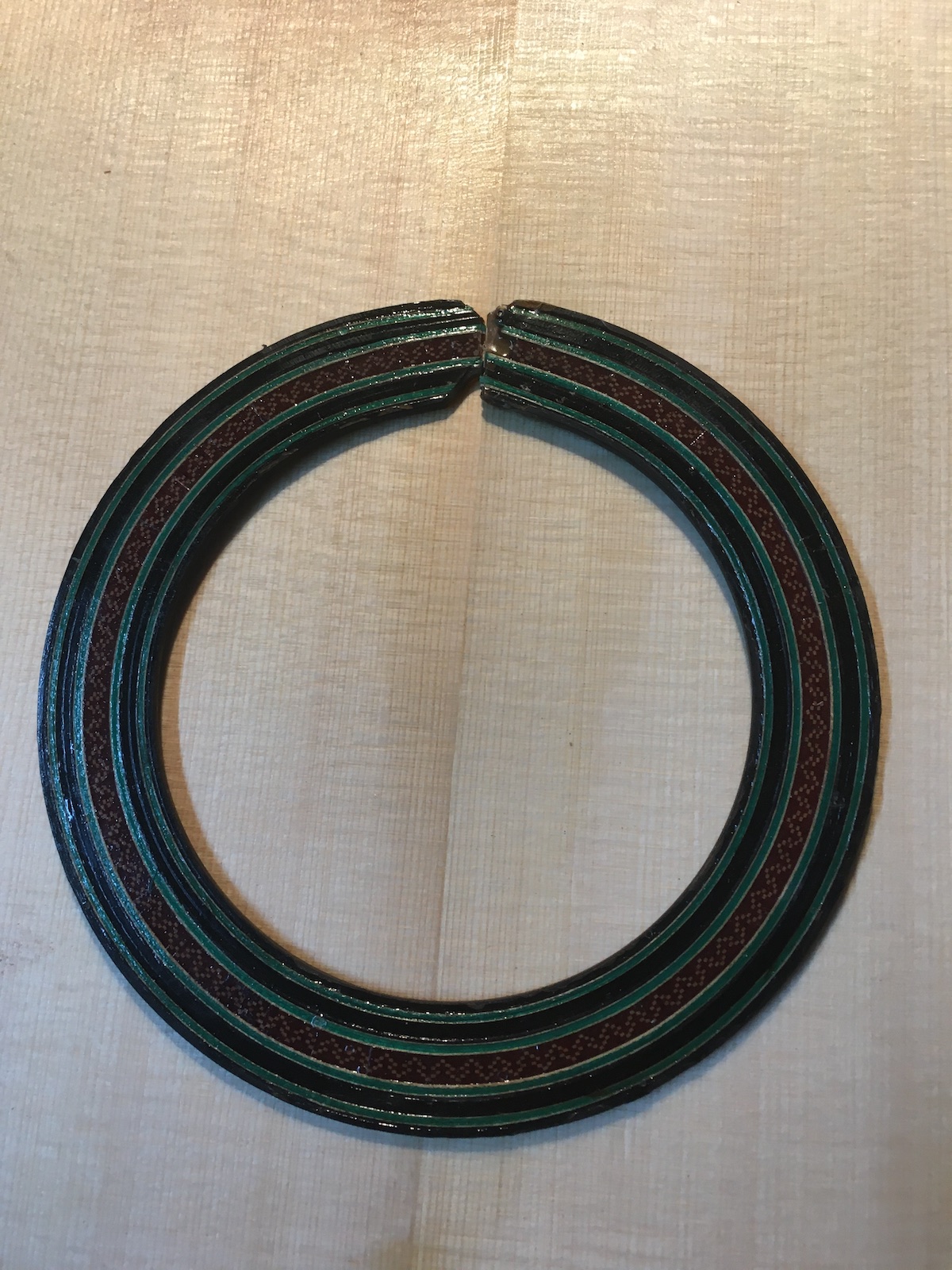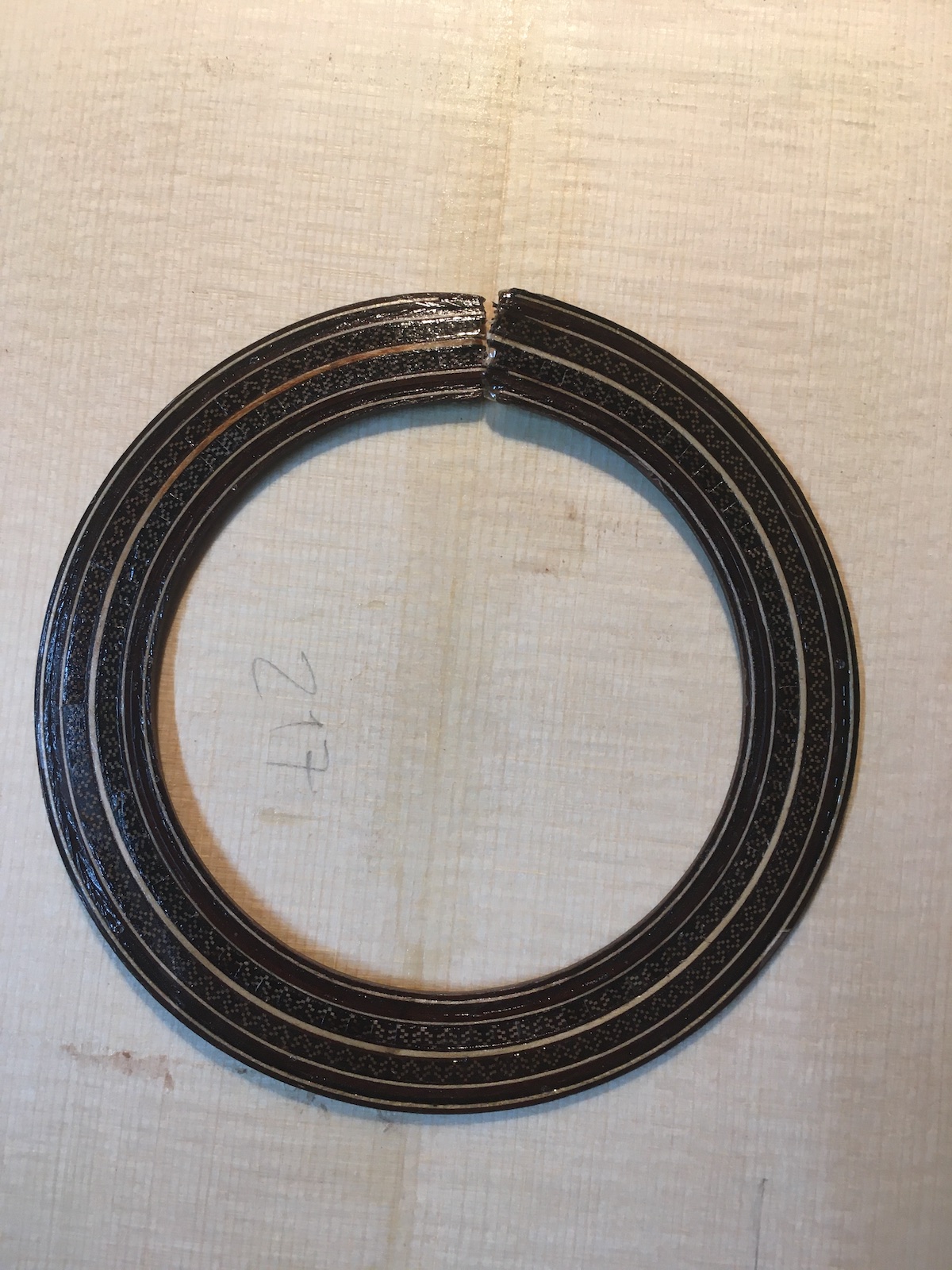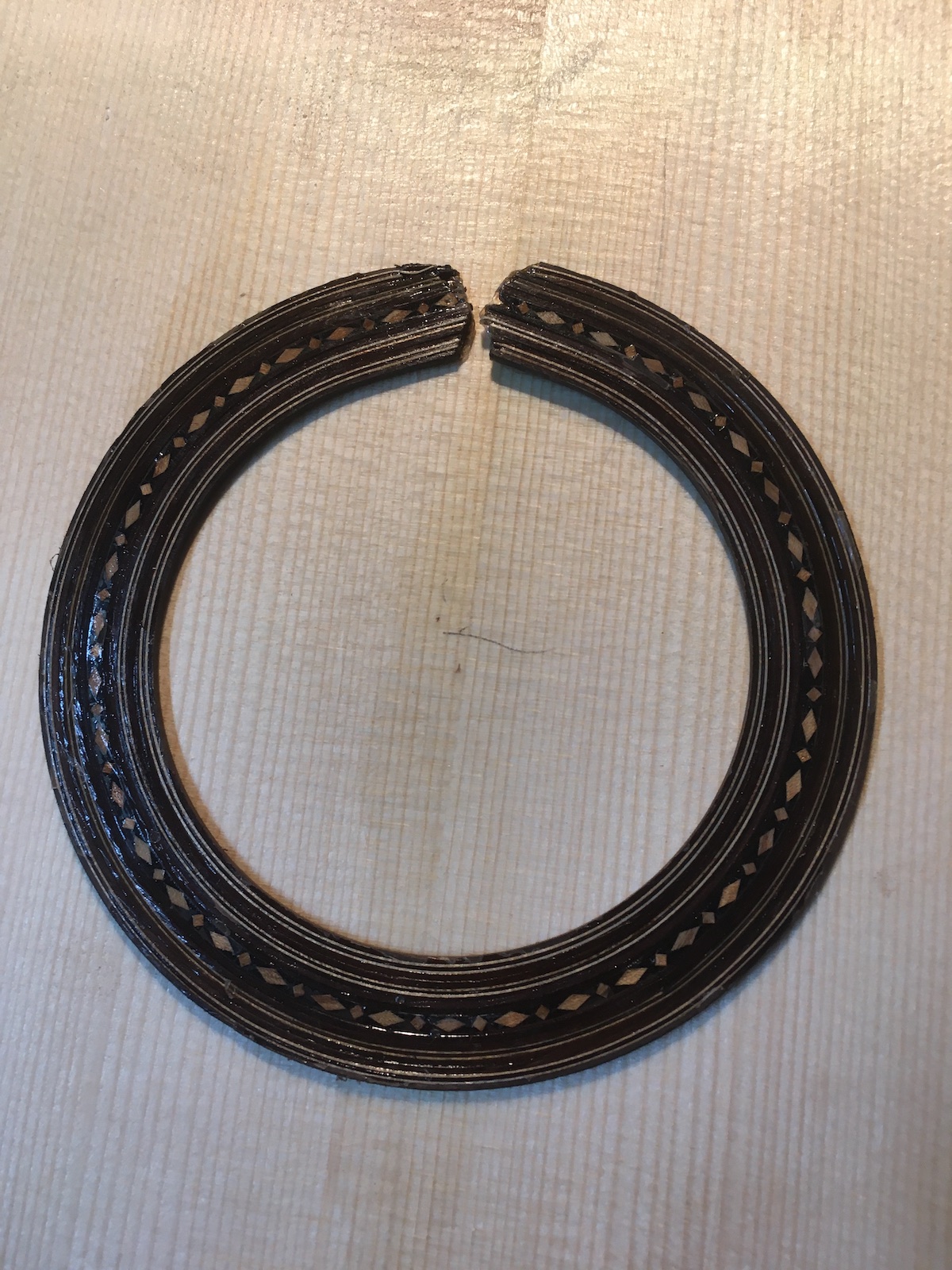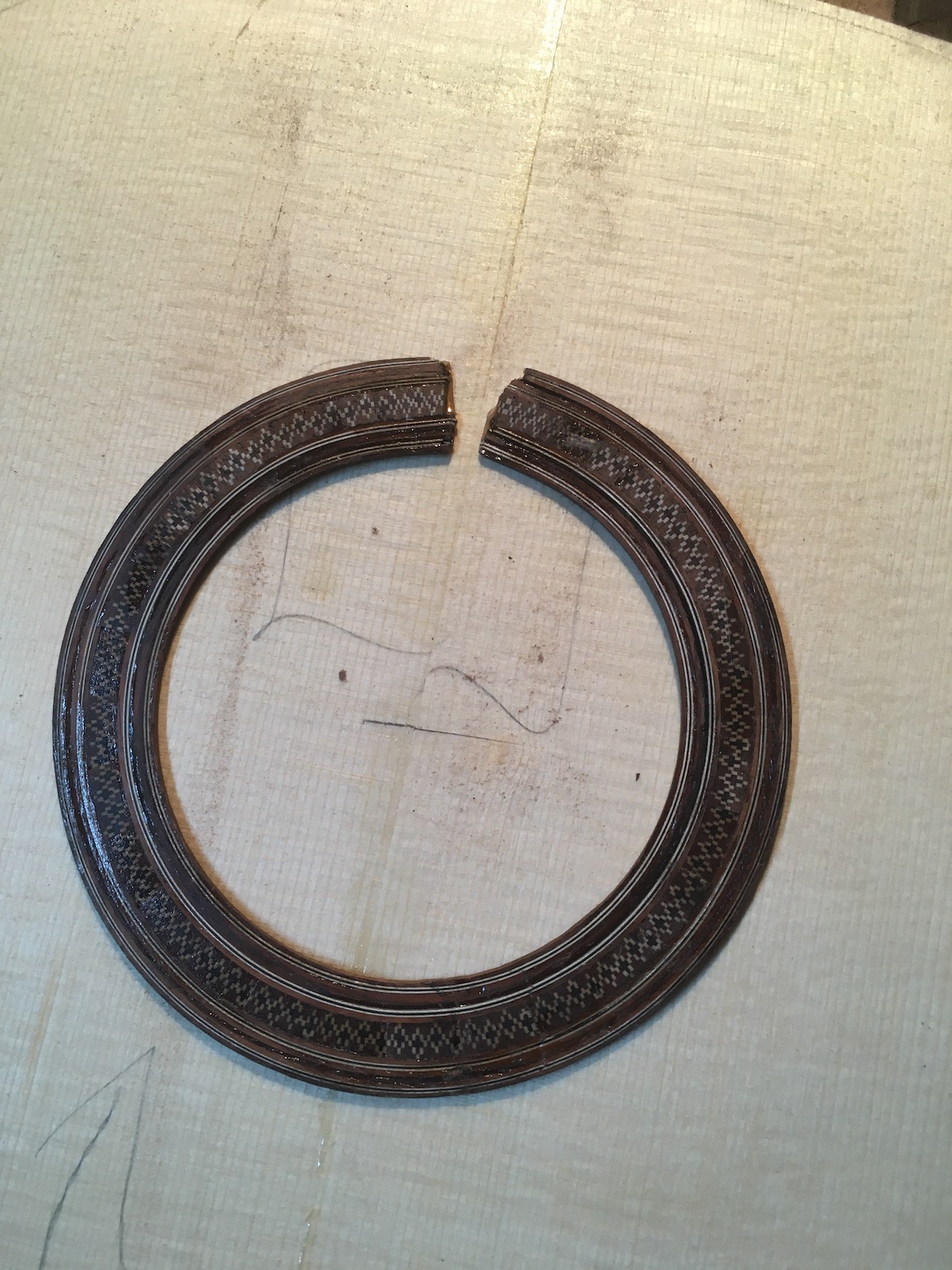I have two problems writing here: I can’t always find the time and when I do I don’t always have a good idea for something you all will enjoy. Sometimes I get ideas from something I see on the makers’ forums like a recent post about guitar necks. When I started out I used the only cedar I could find which was dry enough and I didn’t have the luxury of rejecting the blanks that had the “wrong” orientation. Then came a period where I only wanted perfectly quartered blanks which had been split to avoid any runout.
Shortly thereafter I began to find what I really wanted in cedar for my guitar necks. Strength and stability are paramount for a neck and mostly that comes from the species of wood – cedar is fantastic. Splitting the neck from a larger piece assures a good strength and so I insist on that too. What has changed is that I will often prefer pieces which are up to 40 degrees off quarter because the perfectly quartered ones from the same piece are not flexible enough. I require my necks to bend just a tiny bit to give me the perfect relief once fretted and strung up and sometimes a neck is just too stiff. You can control this by testing the neck and subsequent thinning and controlling the fretting process. Some makers make a very stiff neck and then work the relief into the fretboard so there are lots of options. Where possible I try to start with the wood that will give me the best result right off and especially will make it easy to play. 

